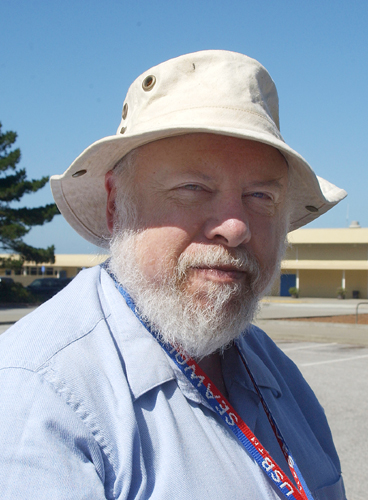

The content of a file is its own best name.
#Jef raskin full
The Humane Interface (2001) Full title: The Humane Interface: New Directions for Designing Interactive Systems Interview in The Guardian (21 October 2004).In looking back at this turn-of-the-century period, the rise of a worldwide network will be seen as the most significant part of the computer revolution. My subsequent work - on eliciting principles and developing the theory of interface design, so that many people will be able to do what I did - is probably also footnote-worthy. I am only a footnote, but proud of the footnote I have become.On the potential to improve human-computer interaction, in interview with Berkeley Groks (3 March 2004).Right now, computers, which are supposed to be our servant, are oppressing us.As we cannot change the way our minds work, we must change the interface design. These flaws have to do with incompatibilities between the designs of both GUIs and command-line interfaces and the way our brains are wired. Unfortunately, we have learned that the GUI concept has fundamental flaws that cannot be corrected by small changes.

#Jef raskin software

The team abandoned the bit-slice processor and adopted Motorola’s new 68000 CPU.
#Jef raskin code
But in reality, Atkinson was already working on LisaGraf-the low-level code that would power the Lisa’s GUI-months before Jobs saw the PARC demo. Jobs’ visit to PARC became the stuff of legend, a tale of a brilliant visionary seeing the future of computing for the first time. Because Jobs thought Atkinson was great, he agreed to come along. Raskin altered his approach and got graphics programmer Bill Atkinson to propose an official tour of PARC in November 1979. However, he couldn’t convince Jobs, who thought Raskin and Xerox were incompetent. Raskin managed to persuade the Lisa project leader to change the computer into a GUI machine.
#Jef raskin manual
Jef Raskin, an early Apple employee who wrote the manual for the Apple ][, had visited PARC in 1973.
#Jef raskin windows
PARC researchers wrote software that displayed windows and icons, and they used a mouse to move a pointer on that screen. The Alto workstation, which was never sold to the public, had a bitmapped screen that mimicked the size and orientation of a piece of paper. GUIs were invented at Xerox’s Palo Alto Research Center (PARC) in the early 1970s. But the more interesting thing about the Lisa computer was how it evolved into something unique: It was the first personal computer with a graphical user interface (GUI).

Lisa was named after Steve Jobs’ daughter, even though Jobs denied the connection and his parentage. That’s when Apple management brought in a project leader and started hiring people to work on it. Woz got distracted by other things, and the project didn’t begin in earnest until early 1979. The idea was to make an advanced computer using a bit-slice processor, an early attempt at scalable computing. The Apple Lisa started in 1978 as a new project for Steve Wozniak. Two years later, it was almost completely forgotten. Forty years ago today, a new type of personal computer was announced that would change the world forever.


 0 kommentar(er)
0 kommentar(er)
